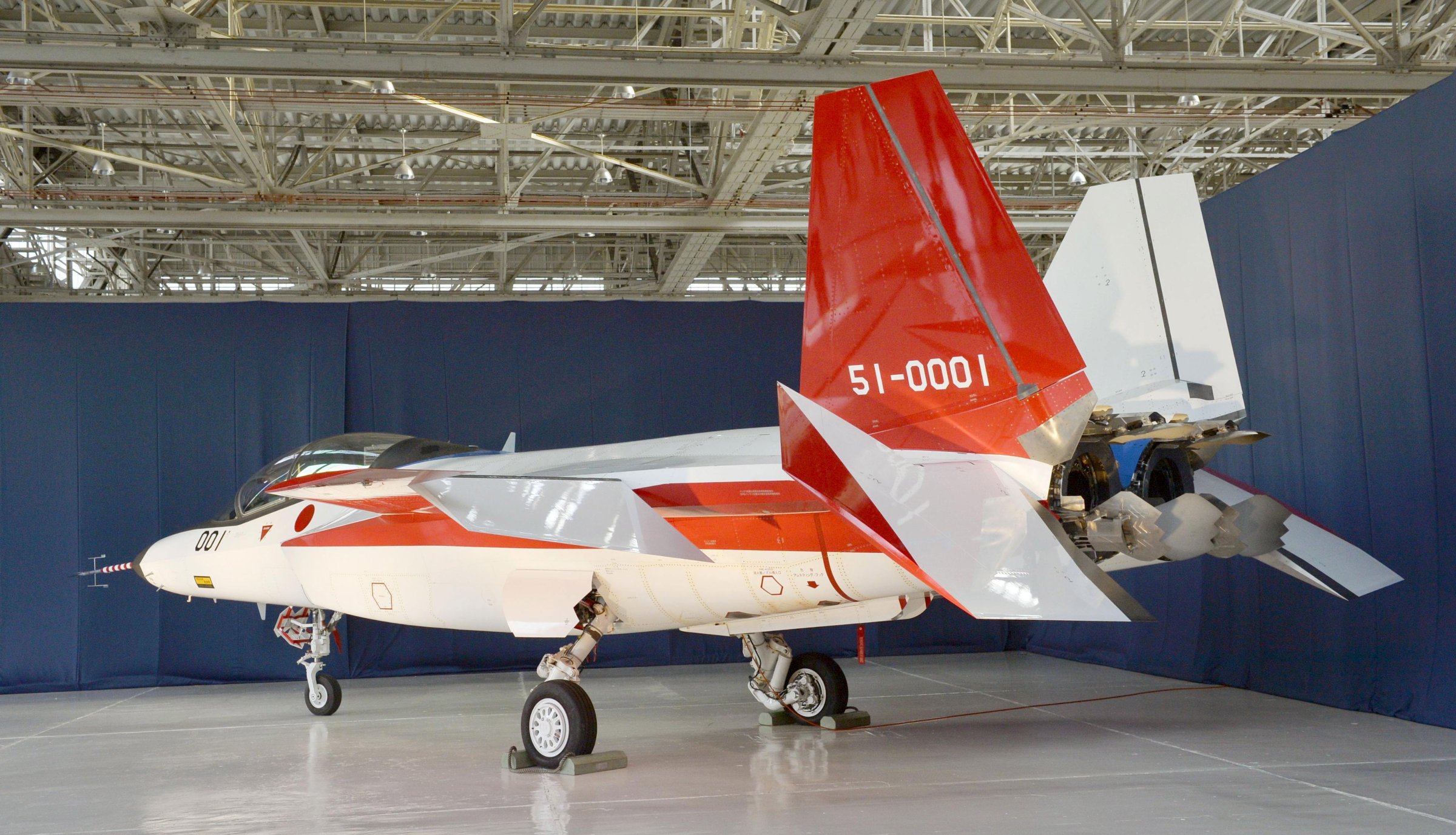
In an effort to keep pace with China’s growing air power, Japan has long sought to upgrade its aging fleet of U.S.-designed F-15J fighter jets. But with the U.S. refusing to sell its Asian ally new F-22 Raptors and persistent problems dogging Lockheed Martin’s F-35 Joint Strike Fighter, Japan has reportedly opened talks with Western contractors about collaborating on a new stealth fighter.
Japan has approached both Boeing and Lockheed Martin about potentially co-designing the stealth fighter, which analysts estimate would cost at least $40 billion to develop and produce. Those talks come as Japan is perhaps days away from initial flight tests of its ATD-X experimental jet, developed by Mitsubishi Heavy Industries to test advanced stealth technologies.
Capabilities developed by the ATD-X program would eventually be folded into the future fighter, dubbed the “F-3,” which would potentially be built with the help of a major U.S. defense contractor.
Developing its own stealth jet would mark a significant move for Japan in response to China’s aggressive development of fighter aircraft that incorporate stealth capabilities and other advanced technologies. But it’s not Tokyo’s preferred route to regional air superiority. The U.S. refused an earlier request by Japan to buy a fleet of Lockheed F-22 Raptors, currently the world’s only fully combat-ready stealth fighter on the market.
Meanwhile, although Tokyo has committed to buy 42 F-35 Joint Strike Fighters, the myriad problems facing the F-35 program—and especially that aircraft’s perceived shortcomings in air-to-air combat—have prompted leaders to pursue other options. In Japan’s view, the F-35s lack some key capabilities of the F-22, and they are not considered an adequate replacement for the Cold War-era F-15Js in an air-to-air combat role.
Talks concerning a domestically-developed stealth jet remain exploratory at this point, but reaching out to Western defense contractors suggests Japan is getting serious about making the F-3 a reality. Exactly how Japan would pay for a $40 billion combat jet remains a huge question (for reference, Japan’s entire 2016 defense budget is set at $42.1 billion—and that is a record high for Japan).
However, Prime Minister Shinzo Abe’s new, more muscular approach to national security has seen defense funding increase for four consecutive years, largely in response to China’s growing regional might. Collaboration with Boeing, Lockheed Martin, or another major defense contractor like Europe’s Eurofighter consortium could help cut Japan’s out-of-pocket costs.
That shift in defense policy has also seen changes to Japan’s pacifist post-World War II constitution that allows the country more latitude in deploying troops abroad and lifting a ban on foreign weapons sales. That means the F-3, should it come to fruition, could one day be exported to foreign customers.
If development of the homegrown stealth fighter does move forward, plans would be finalized by next year or early 2018, sources say—in time to secure funding in Japan’s next five-year budget spanning 2018 through 2022. That would put a homegrown Japanese stealth jet in service around 2030.
More Must-Reads from TIME
- Donald Trump Is TIME's 2024 Person of the Year
- Why We Chose Trump as Person of the Year
- Is Intermittent Fasting Good or Bad for You?
- The 100 Must-Read Books of 2024
- The 20 Best Christmas TV Episodes
- Column: If Optimism Feels Ridiculous Now, Try Hope
- The Future of Climate Action Is Trade Policy
- Merle Bombardieri Is Helping People Make the Baby Decision
Contact us at letters@time.com